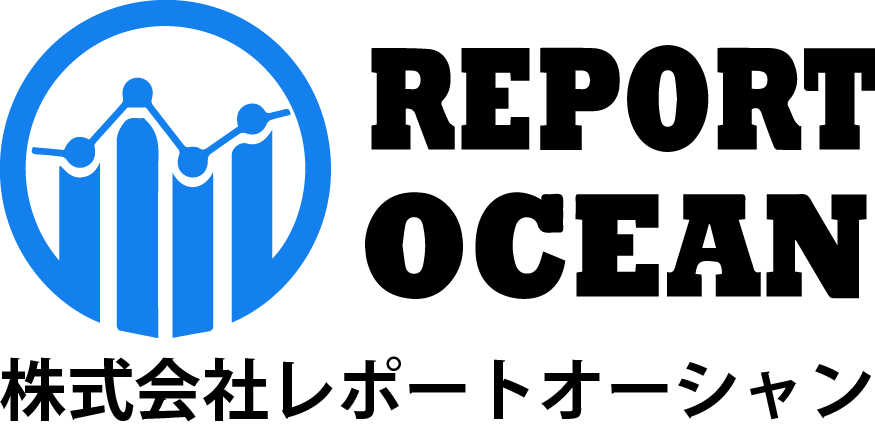日本の多関節ロボット市場規模、シェア、競争環境、および動向分析レポート:積載量別(16Kgまで、16~60Kg、60~225Kg、225Kg以上)、機能別(ハンドリング、溶接、塗布、組立て、その他)、タイプ別(4軸以下、5軸、6軸以上)、 コンポーネント別(コントローラ、アーム、エンドエフェクタ、ドライブ、センサ、その他)、エンドユーザー産業別(自動車、電気及び電子、化学、ゴム及びプラスチック、金属及び機械、食品及び飲料、精密工学及び光学、医薬品及び化粧品、その他): 機会分析と業界予測、2024 ~ 2032 年
レポートID : ROJP0524064 |
最終更新 : 2024年05月 |
フォーマット : ![]() :
: ![]() :
: ![]()
1 Preface
2 Scope and Methodology
2.1 Objectives of the Study
2.2 Stakeholders
2.3 Data Sources
2.3.1 Primary Sources
2.3.2 Secondary Sources
2.4 Market Estimation
2.4.1 Bottom-Up Approach
2.4.2 Top-Down Approach
2.5 Forecasting Methodology
3 Executive Summary
4 Introduction
4.1 Overview
4.2 Key Industry Trends
5 Japan Articulated Robot Market
5.1 Market Overview
5.2 Market Performance
5.3 Impact of COVID-19
5.4 Market Forecast
6 Market Breakup by Payload
6.1 Upto 16 Kg
6.1.1 Market Trends
6.1.2 Market Forecast
6.2 16 to 60 Kg
6.2.1 Market Trends
6.2.2 Market Forecast
6.3 60 to 225 Kg
6.3.1 Market Trends
6.3.2 Market Forecast
6.4 More Than 225 Kg
6.4.1 Market Trends
6.4.2 Market Forecast
7 Market Breakup by Function
7.1 Handling
7.1.1 Market Trends
7.1.2 Market Forecast
7.2 Welding
7.2.1 Market Trends
7.2.2 Market Forecast
7.3 Dispensing
7.3.1 Market Trends
7.3.2 Market Forecast
7.4 Assembling
7.4.1 Market Trends
7.4.2 Market Forecast
7.5 Others
7.5.1 Market Trends
7.5.2 Market Forecast
8 Market Breakup by Type
8.1 4-Axis or Less
8.1.1 Market Trends
8.1.2 Market Forecast
8.2 5-Axis
8.2.1 Market Trends
8.2.2 Market Forecast
8.3 6-Axis or More
8.3.1 Market Trends
8.3.2 Market Forecast
9 Market Breakup by Component
9.1 Controller
9.1.1 Market Trends
9.1.2 Market Forecast
9.2 Arm
9.2.1 Market Trends
9.2.2 Market Forecast
9.3 End Effector
9.3.1 Market Trends
9.3.2 Market Forecast
9.4 Drive
9.4.1 Market Trends
9.4.2 Market Forecast
9.5 Sensor
9.5.1 Market Trends
9.5.2 Market Forecast
9.6 Others
9.6.1 Market Trends
9.6.2 Market Forecast
10 Market Breakup by End Use Industry
10.1 Automotive
10.1.1 Market Trends
10.1.2 Market Forecast
10.2 Electrical and Electronics
10.2.1 Market Trends
10.2.2 Market Forecast
10.3 Chemicals, Rubber and Plastics
10.3.1 Market Trends
10.3.2 Market Forecast
10.4 Metal and Machinery
10.4.1 Market Trends
10.4.2 Market Forecast
10.5 Food and Beverages
10.5.1 Market Trends
10.5.2 Market Forecast
10.6 Precision Engineering and Optics
10.6.1 Market Trends
10.6.2 Market Forecast
10.7 Pharmaceuticals and Cosmetics
10.7.1 Market Trends
10.7.2 Market Forecast
10.8 Others
10.8.1 Market Trends
10.8.2 Market Forecast
11 Market Breakup by Region
11.1 Kanto Region
11.1.1 Market Trends
11.1.3 Market Forecast
11.2 Kinki Region
11.2.1 Market Trends
11.2.2 Market Forecast
11.3 Central/ Chubu Region
11.3.1 Market Trends
11.3.2 Market Forecast
11.4 Kyushu-Okinawa Region
11.4.1 Market Trends
11.4.2 Market Forecast
11.5 Tohoku Region
11.5.1 Market Trends
11.5.2 Market Forecast
11.6 Chugoku Region
11.6.1 Market Trends
11.6.2 Market Forecast
11.7 Hokkaido Region
11.7.1 Market Trends
11.7.2 Market Forecast
11.8 Shikoku Region
11.8.1 Market Trends
11.8.2 Market Forecast
12 SWOT Analysis
12.1 Overview
12.2 Strengths
12.3 Weaknesses
12.4 Opportunities
12.5 Threats
13 Value Chain Analysis
14 Porters Five Forces Analysis
14.1 Overview
14.2 Bargaining Power of Buyers
14.3 Bargaining Power of Suppliers
14.4 Degree of Competition
14.5 Threat of New Entrants
14.6 Threat of Substitutes
15 Price Indicators
16 Policy and Regulatory Landscape
17 Competitive Landscape
17.1 Market Structure
17.2 Key Players
17.3 Profiles of Key Players
無料サンプルを入手する ![]()
この無料サンプルには、トレンド分析から推定・予測まで、さまざまなデータが含まれています。
最新レポート
お問い合わせ
-
- JAPAN : 03-6899-2648
-
- EMAIL : [email protected]







